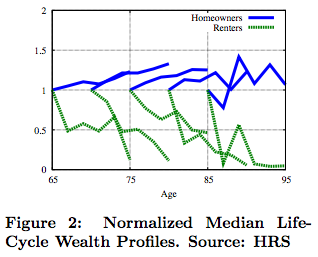In the previous post I highlighted the problem presented by the EU Budget changes in the near future to the sustainability of Irish debt dynamics. I referenced expert opinions on the role of current account surpluses in determining these dynamics. here is an example from early 2011 (emphasis is mine):
"... this dependency [2010 bailout] of Ireland on foreign support is difficult to understand given that the country has not lived continuously above its means in the past. Ireland has run a current account deficit (which means the country uses more resources than it produces)
only for a few years; and if one totals the current account balances over the last 25 years, one arrives at a foreign debt of about €30 billion. This should not be too difficult to finance given that it represents only about 20% of the country’s GDP of €150 billion. Moreover, Ireland is on track to run a current surplus this year and should thus not have any need for additional foreign funds."
Here's a problem - the above, as I noted in the previous post is based on some rather unpleasantly non-sustainable assumptions. Here's the arithmetic, based on IMF WEO data.
As chart above shows, Irish cumulated current account balances for the period 1980-2009 totalled -€39 billion, that's where the 'about €30 billion' miracle figure coming from. Alas, over the same period of time, Ireland received €39.4 billion worth of net transfers from the EU, which counted as a positive addition to the current account. Netting these out, Irish real 'external balance' cumulative for 1980-2009 was -€78.4 billion. Worse than that, net of EU subsidies, Ireland have run external deficits in every decade from 1980 through 2009. In other words, using the expert turn of phrase, Ireland used more resources than it produced in every decade through 2009.
Now, was it true that Ireland 'has run a current account deficit only for a few years'? Why, here's a chart plotting Ireland's current account balances:
Gross of EU transfers, Ireland run current account deficits in 1980-1986, 1989-1990, and 2000-2009, which means that it run deficits over 19 out of 30 years between 1980 and 2009, which is more than 63% of the time. Ireland run current account deficits almost 58% of the time in the period of 1980-2012. Hardly 'a few years'. More importantly, removing EU net subsidies, Ireland has managed to run current account deficits every year between 1980 and 2012 except in 1996 and 2010-2012. That means that Ireland was using more resources than it produced in 29 out of 33 years since 1980, or 88% of the time.
For the last bit, let us recall that back in the 1990s (the period of Ireland's rapid recovery from debt overhang of the 1980s) Irish current account surpluses relative to General Government Debt stood at 26.8% (using 1999 level of General Government Debt and the cumulated current account surpluses, inclusive of EU transfers throughout the decade of 1990-1999). For the period of 2010-2017, the IMF projections imply the same ratio of less than 17.5%.
Let's take a closer look at these comparatives. Irish debt peaked (for 1980-1999 period) in 1987 at 109.24% of GDP and was deflated on foot of a current account surpluses cumulated at 26.8% ratio to 1999 debt trough. For the period of 2000-2017, the debt will peak at 119.31% of GDP in 2013 and is expected to deflate at a maximum surplus rate of 17.5% (all based on IMF projections) before we allow for EU budgetary reductions for 2014-2022 period (which can bring this number closer to 14%).
Again, one has to wonder if the argument that current account surpluses can really be viewed as a serious enough potential source for wrestling Ireland out of the debt trap. And that is before we start worrying about the potential drivers for these surpluses, such as:
- The 1990s exports boom driven by a combination of very robust US and UK growth expansions during the 1990s;
- The 1990s convergence race for Ireland to catch up with the EU capital and income levels - something that is now firmly exhausted as the potential for growth; and
- Significant net transfers from the EU during the 1987-1999 period that totalled some €12.6 billion which in 2014-2022 are likely to turn into net contributions to the EU from Ireland.



















































